Thinness returns to catwalks as inclusivity retreats
Data shows sharp decline in plus-size models across major fashion weeks
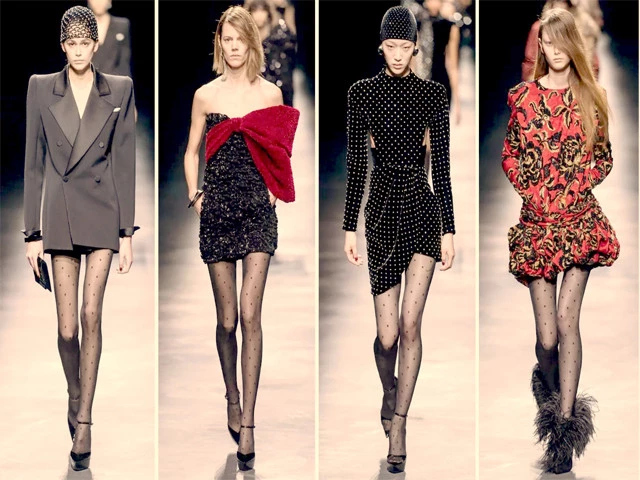
After a brief phase of promoting body inclusivity and plus-sized models, the fashion industry has reverted to its traditional thin ideal, according to figures published this week by Vogue Business, following the recent Spring-Summer 2026 fashion weeks.
Of the 9,038 looks analysed across New York, London, Milan and Paris, 97.1% featured models judged to be very small [US 04, UK 48, France 3236]. Regular-sized models made up only 2%, while plus-size models [US 14+, UK 18+, France 44+] accounted for just 0.9%.
"There are fewer and fewer plus-size models on the runways," said Aude Perceval, a booker at Plus Agency, a pioneer of plus-size modelling in France. The trend, she added, was particularly pronounced in Paris.
Some designers, Perceval added, showcased curvy silhouettes through corseted looks or hip padding to suggest an hourglass figure. "Since 2022, there's been a real regression, both in the frequency of contracts and in fees," said model Doralyse Brumain, 31, who wears a French 4042.
The body positive movement, which emerged in the 2010s, encouraged acceptance of diverse body types and warned against the harmful ideal of extreme thinness - a look once dubbed heroin chic in the 1990s and popularised by supermodels like Kate Moss.
The growing use of weight-loss drugs such as Ozempic has also been linked to the trend. "It has something to do with it because we're seeing a lot of celebrities who are using it," British Vogue editor Chioma Nnadi told the BBC last November.
Fashion insiders note that the industry's infrastructure also contributes to the problem. Clothes for shows are typically made in a single sample size - that of "standard" thin models - while adapting them for larger bodies requires additional time and resources.
Ekaterina Ozhiganova, founder of the Model Law association, said consumers increasingly want to see different body types represented but that "a profound change in production" was needed to make it sustainable. "The industry continues to sell an unattainable ideal," she said.
Designer Jeanne Friot called for runways to reflect broader realities. "The point of a fashion show is to showcase something different from the fashion I grew up with - very thin and very standardised. I want to see larger sizes, older people, all ethnicities, all genders," she told AFP.
For now, however, seeing a regular-sized woman on the catwalk has become increasingly rare. "We have to speak out when fashion messes up and establishes a standard it should abandon," French fashion journalist Sophie Fontanel wrote on Instagram during Paris Fashion Week.














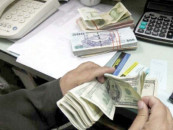

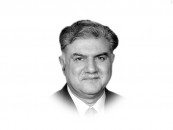

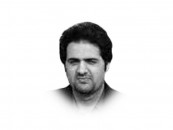
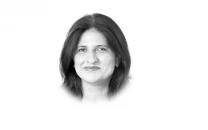

COMMENTS
Comments are moderated and generally will be posted if they are on-topic and not abusive.
For more information, please see our Comments FAQ